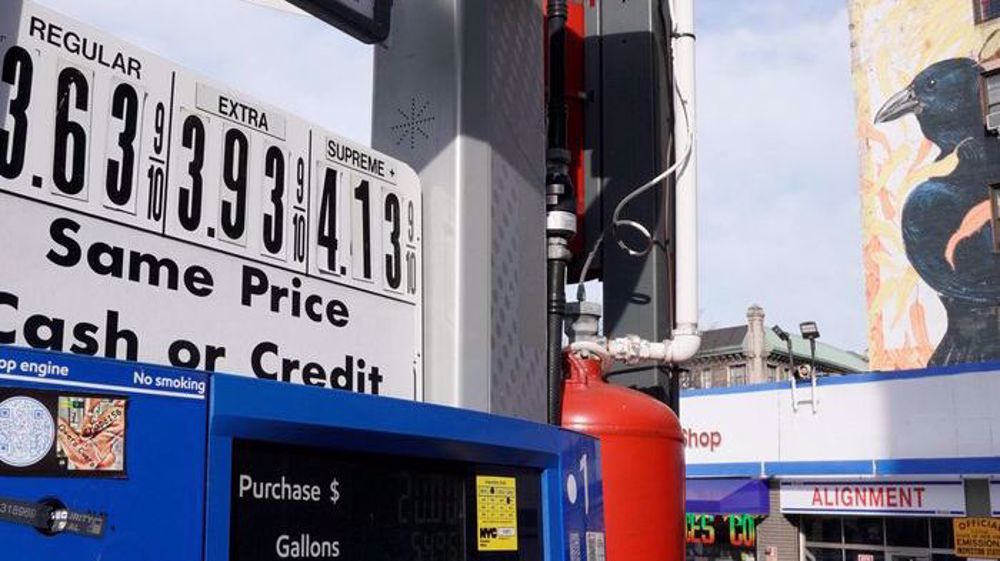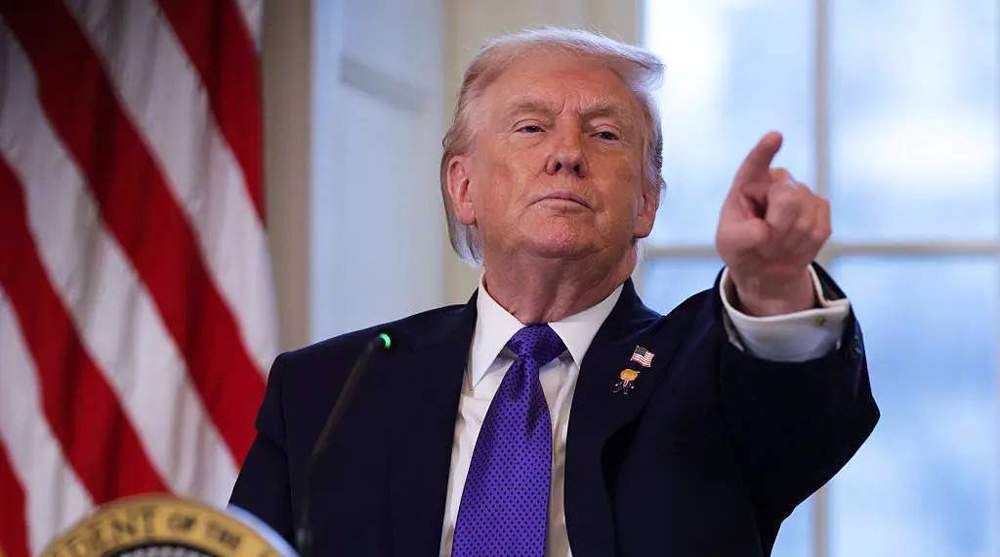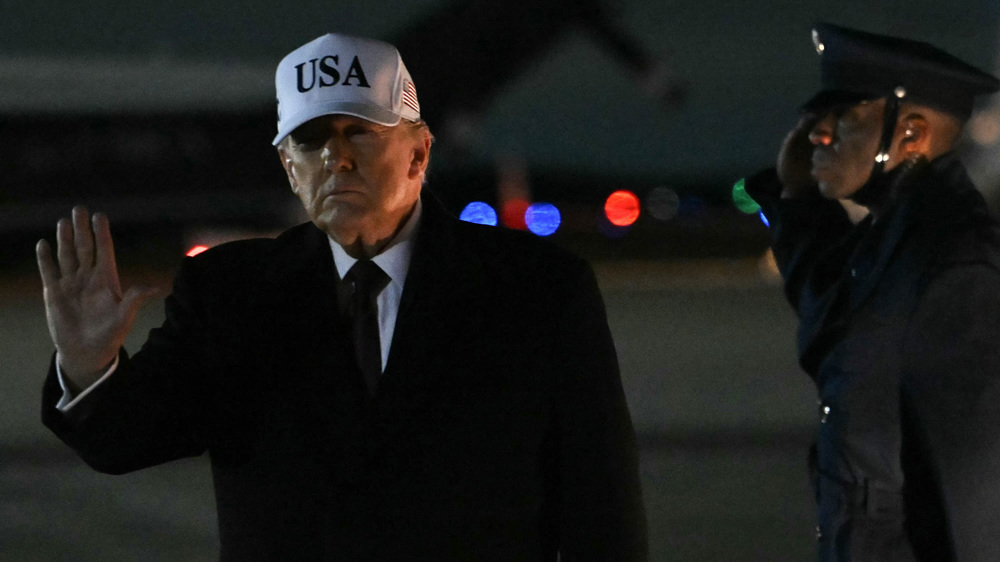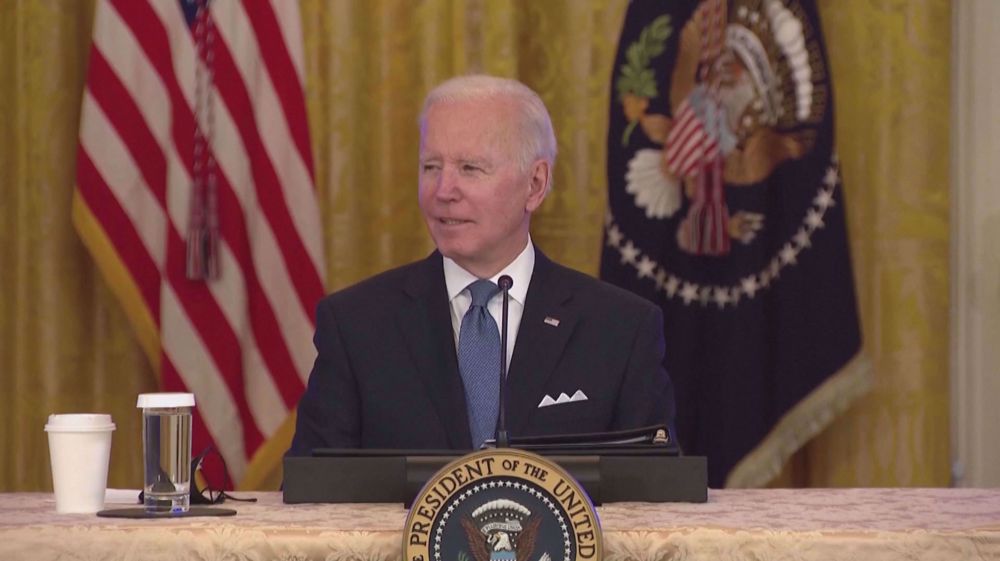US experiences highest inflation rate in four decades
A new report has revealed that inflation rate in the United States has climbed to 5.8 percent in 2021, the sharpest increase in nearly four decades.
The US Commerce Department said in its personal consumption expenditures (PCE) report on Friday that the figure—the highest since 1982 --reflects increases in both goods and services, adding that personal consumption has fallen 0.6 per cent last month, even as personal incomes have grown in line with consensus estimates by 0.3% in December.
Core inflation, which strips out volatile food and energy prices, has risen 4.9% on a yearly basis, slightly above economists’ expectations of a 4.8% increase.
“While [inflation] initially started in some of those more volatile components, like food, like energy, now it’s starting to infiltrate those core readings, the stickier, more meaningful areas,” Sameer Samana, Wells Fargo senior global market strategist said. “If anything, it’s broadening and accelerating and probably will do so for the next couple of months.”
Experts believe that stubbornly high inflation has erased last year's wage gains for many workers. It has also led the Federal Reserve to signal this week that it plans to raise interest rates multiple times this year beginning in March to try to get accelerating prices under control.
Fed Chair Jerome Powell said at a news conference on Wednesday that besides raising interest rates, the central banking system will move to shrink its huge $8.9 trillion of bond holdings this year, another step that will likely tighten credit, slow spending and potentially weaken the economy.
Powell acknowledged that inflation has gotten “slightly worse” in the past month, cautioning that higher prices “have now spread to a broader range of goods and services,” after initially affecting sectors of the economy, like factory-made products for homes, that were most disrupted by the coronavirus pandemic.
He also said the Fed is increasingly focused on the question of whether rising wages are acting as a primary driver of inflation, by forcing companies to charge more to cover their higher labor costs.
With consumer spending likely remaining weak, economists project that growth will slow in the first three months of the year to a 1.5% annual rate or even less. That would be down drastically from a strong 6.9% rate in the final three months of 2021.
Still, economists say steady job gains and increased savings should eventually drive more spending later this year, especially if the new Omicron variant of the coronavirus keeps fading.
“You’re going to see the labor market continue to heal, and, the pandemic permitting, the consumer will have enough firepower to grow spending at a reasonable rate as the year goes on,” said Joshua Shapiro, chief US economist at MFR Inc.
Most analysts still expect inflation to decelerate this year, though it will likely remain high as rents and wages increase.
The Fed views the PCE index — the core rate in particular — as the most accurate measure of US inflation. It’s more comprehensive and takes into account when consumers substitute cheaper goods for more expensive ones, among other things.
Meanwhile, a separate report released by the Department of Labor on Friday showed that workers’ salaries and benefits increased 4% last year, the biggest jump since 2001.
But over the past three months, the increase has slowed from 1.3% to 1% and dropped even more for a category that includes restaurant and hotel workers.
Earlier this month, the government said consumer prices in the US have made the biggest year-to-year jump since 1982, the latest sign that rising inflation is negatively impacting working Americans.
In the 12 months through December, the CPI surged 7.0%. That was the biggest year-on-year increase since June 1982 and followed a 6.8% rise in November.
Iran’s iron and steel exports up 27% y/y in Apr-Dec
Sudan is scene of 'horror and hell': UN rights chief
Scottish leader vows another independence vote if his party wins in May
Israeli forces, settlers burn homes, shut schools in attacks across West Bank
Intelligence Ministry: 300 ringleaders of foreign-backed riots arrested across Iran
Iran begins easing bans on global internet
Pezeshkian: Any attack against Leader ‘full-fledged’ war with Iranian nation
VIDEO | 30 tons per capita: Gaza faces rubble crisis















 This makes it easy to access the Press TV website
This makes it easy to access the Press TV website